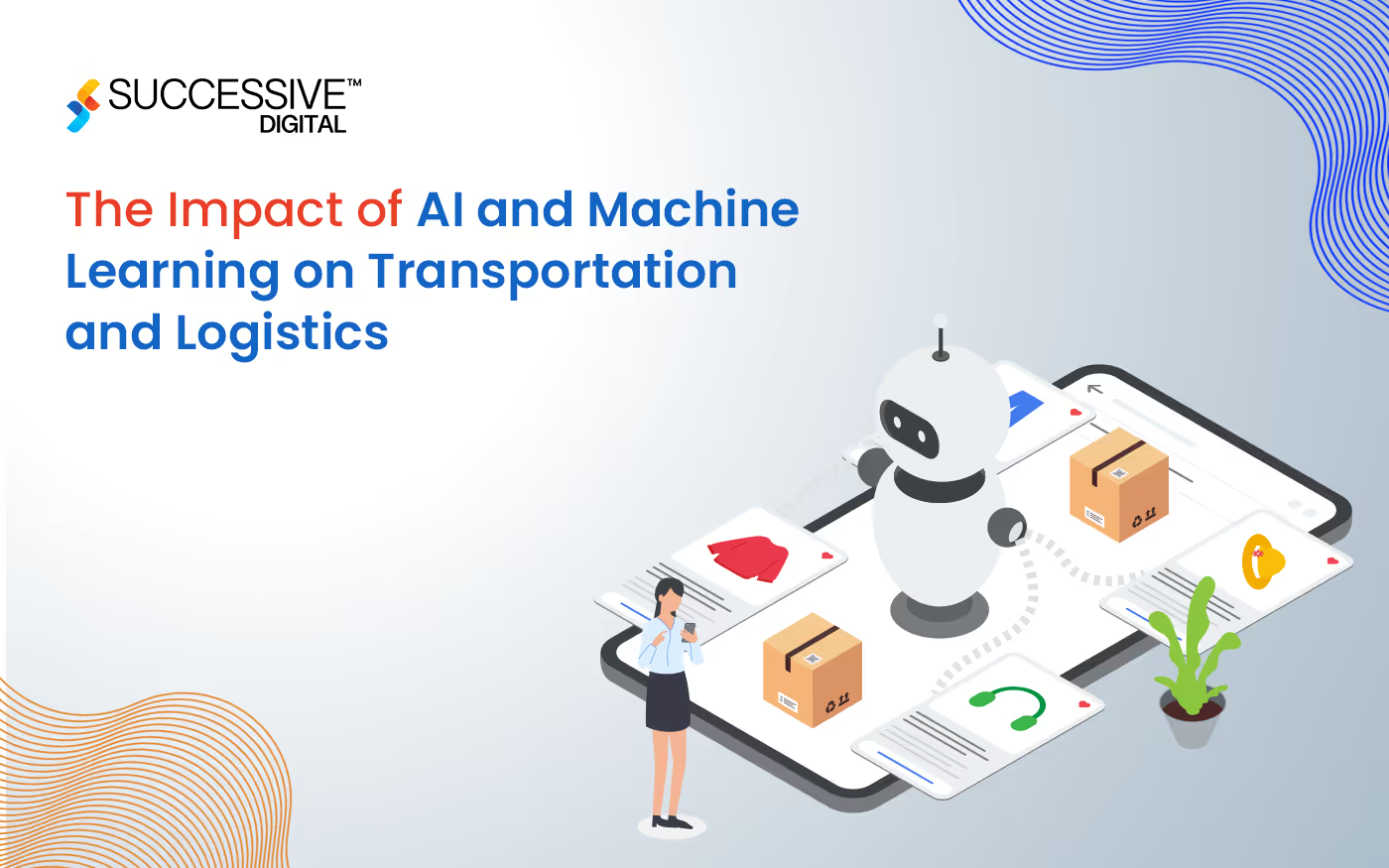The logistics business is presenting a process of a profound transformation driven by the blend of robotics and automation. These modern technologies are reshaping traditional supply chain processes, enhancing performance, accuracy, and cost effectiveness. From Automated Guided Vehicles (AGVs) that seamlessly ship materials inside warehouses to robotic arms that meticulously cope with selecting and packing tasks, robotics in logistics are removing the inefficiencies and mistakes associated with operations. Concurrently, advanced automation systems, which include Warehouse Management Systems (WMS) and Automated Storage and Retrieval Systems (AS/RS), are revolutionizing stock management and order fulfilment. The potential of these improvements enlarges beyond operational profits, which include advanced safety for employees and scalability for businesses. However, fully automated logistics is not always a great achievement without challenging situations, integration complexities, and substantial initial investments. Despite hurdles, the potential for automation in supply chain, machine learning (ML), and IoT to improve the logistics automation technology space is massive. This blog explores the technical intricacies of the way robotics and automation are streamlining logistics, highlighting its advantages wherein the supply chain is more responsive, dependable, and resilient than ever before.
The Role of Robotics in Logistics
Automated Guided Vehicles (AGVs)
Automated Guided Vehicles (AGVs) are the most tremendous advancements in the field of robotics process automation in logistics. These self-guided robots are designed to move materials around warehouses, factories, and distribution facilities without human intervention. Equipped with sensors, cameras, and advanced navigation structures, AGVs observe predetermined paths, making sure products are in unique and efficient motion.AGVs can take care of duties including loading and unloading pallets, moving merchandise between workstations, and even managing inventory. By lowering the reliance on manual labour, AGVs decrease the threat of workplace injuries and increase typical operational efficiency.
Robotic Arms
Robotic arms are one of the vital warehouse automation solutions automating tasks that require precision and dexterity. In logistics, they are used for choosing, packing, and sorting objects. These robots are prepared with advanced vision structures and ML algorithms, enabling them to identify and control objects of numerous sizes and styles.Robotic arms improve accuracy in order achievement, decreasing mistakes and making sure that customers receive the right merchandise. Additionally, they operate tirelessly, presenting consistent overall performance and substantially speeding up the logistics approaches.
Drones
Drones have become more and more popular in logistics automation technology because of their potential to perform responsibilities that are hard or time-consuming for humans. They are useful in stock management, in which they can experiment with barcodes and RFID tags on excessive shelves, presenting real-time statistics on inventory ranges.Moreover, drones are being examined for remaining-mile delivery services. Capable of navigating via city landscapes, they could deliver applications at once to customers' doorsteps, lowering delivery instances and enhancing customer experience.
Benefits of Robotics and Automation in Logistics
- Increased Efficiency- The number one advantage of integrating robotics in logistics and automation is the significant growth in performance. Automated systems perform 24/7 without the need for breaks, ensuring a regular flow of products. This continuous operation reduces downtime and accelerates the whole supply chain, from receiving goods to handing them over to customers.
- Enhanced Accuracy- Automation in supply chain reduces the probability of human mistakes in logistics processes. Robotic structures are programmed to perform tasks with excessive precision, ensuring that products are picked, packed, and shipped appropriately. This enhances user satisfaction by decreasing the occurrence of incorrect or damaged orders.
- Cost Savings- While the initial investment in robotics and automation may be widespread, the long-term financial savings are tremendous. Automated systems lessen irrelevant expenses by minimizing the need to hard work. They additionally decrease the costs related to mistakes, returns, and damaged goods. Additionally, by optimizing warehouse space and improving inventory control, groups can lessen storage costs.
- Improved Safety- Logistics environments may be dangerous, with risks of harm from manual dealing with heavy items and operating equipment. Robotics and automation mitigate these risks by logistics automation technology and taking on dangerous responsibilities and ensuring a more secure working environment for employees.
- Scalability-Warehouse automation solutions offer scalability to logistics operations. As demand fluctuates, organizations can without problems modify their automatic strategies to house modifications in large extent. This flexibility is vital in meeting customer needs and preserving competitiveness in the marketplace.
Robotics process automation in logistics are transforming the industries by streamlining approaches, improving performance, and decreasing costs. From AGVs and robotic arms to superior WMS and AS/RS, these technologies are reshaping the way goods are stored, moved, and delivered. While challenges stay, the benefits of robotics and automation in logistics are immense. As technology continues to grow, the logistics industry will witness even greater degrees of innovation, paving the way for a greater efficient and reliable delivery chain.
.avif)










.jpg)









